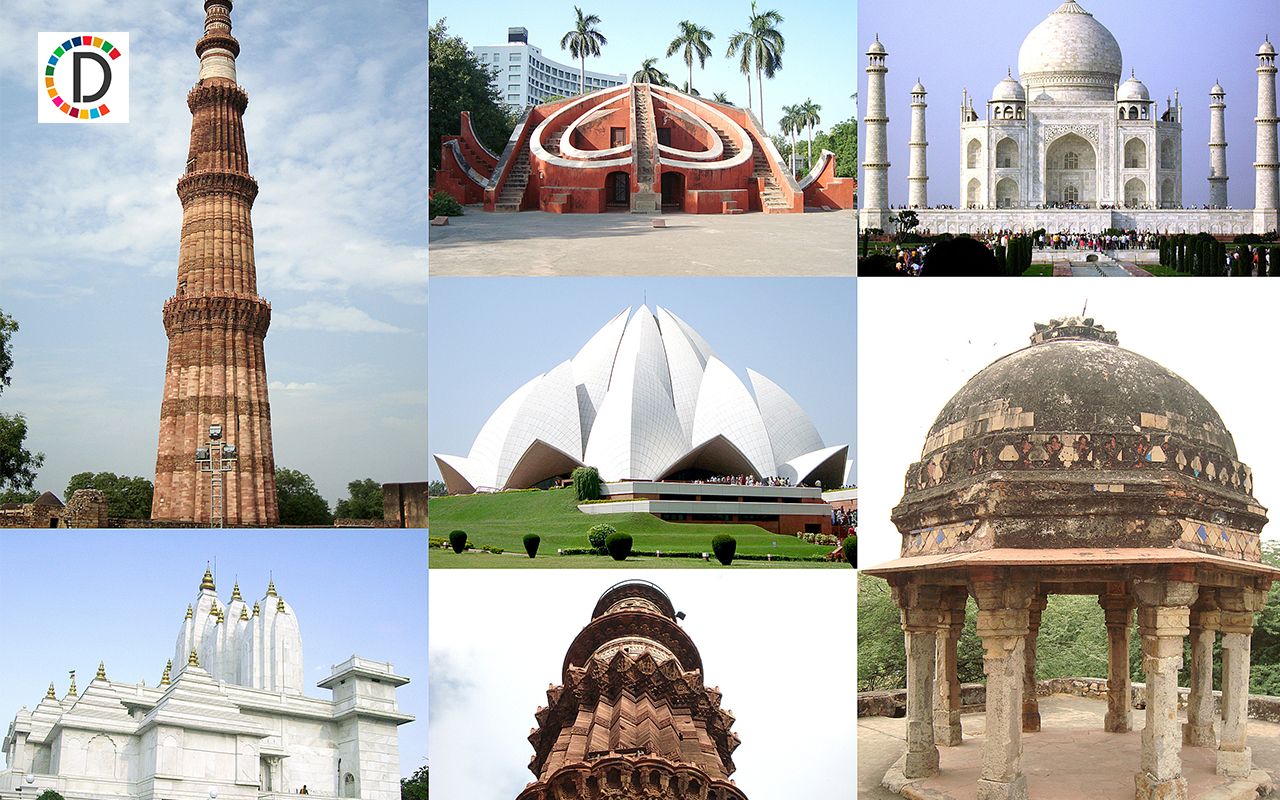Pune hospital tells tale of night when Gandhi went under the knife

- Country:
- India
The corridors of the Sassoon Hospital are abuzz with activity as patients come in and doctors and other staff members go about their work. Amid the bustle, a little-known anecdote about Mahatma Gandhi remains locked in a 400 sq ft room.
It was a stormy day in 1924 when Gandhi had to be operated for appendicitis, a procedure that saw power supply cut off due to a raging thunderstorm, a flashlight that went out and finally a hurricane lamp that came to the rescue. Ninety-five years on, the operation theatre at the government-run hospital has turned into a memorial but one that is not open to the public.
The room has, among things, a table, a trolley and some instruments used for Gandhi's surgery, said Dr Ajay Chandanwale, dean of the Sassoon General Hospital and B J Medical College. It also houses a rare painting depicting Gandhi being operated on.
Every year on October 2, Gandhi's birth anniversary, the hospital staff offer flowers and garlands are offered at the operation theatre-turned-memorial, Chandanwale said. This year, 150 years since his birth, will be no different. The hospital has planned a series of events like essay writing and elocution competitions and a book exhibition on him.
American journalist Louis Fischer offers a detailed account of the surgery in his book, "Mahatma Gandhi - His Life & Times". On March 18, 1922, Gandhi, who led the country's successful freedom struggle, was sentenced to six years imprisonment.
Two days later, he was shifted from Sabarmati jail in Gujarat to Pune's Yerwada jail by a special train. According to Fischer's book, Gandhi was taken to Sassoon Hospital from Yerwada jail on January 12, 1924, after he developed acute appendicitis.
The government was ready to wait for Indian doctors to arrive from Mumbai. But just before midnight, British surgeon Colonel Maddock informed Gandhi that he would have to operate immediately and the latter consented. While the operation theatre was being readied for the surgery, V S Srinivasa Sastri, head of the Servants of India Society, and Dr Phatak, Gandhi's friend, were summoned at his request.
Together, they drafted a public statement, which said Gandhi had agreed for the operation, the doctors had treated him well and there must be no anti-government agitation no matter what happens. The hospital authorities and Gandhi knew that if the operation didn't go well, India might burst into flames.
When the declaration was ready, Gandhi drew up his knees and signed it in pencil, Fischer notes in his book. "See how my hand trembles," he said to Colonel Maddock, laughing.
"You will have to put this right," he said. To this Colonel Maddock replied, "We will put tons and tons of strength into it."
Subsequently, chloroform was administered to Gandhi. During the operation, the power supply was cut off by a thunderstorm raging outside.
Then, a flashlight, which was being held up by one of the three nurses in the operation theatre, went out. The operation was completed in the light of a hurricane lamp.
Gandhi profusely thanked Colonel Maddock after the successful surgery. On February 5, 1924, the government remitted Gandhi's remaining sentence and released him unconditionally. PTI SPK GK DIV
MIN MIN
(This story has not been edited by Devdiscourse staff and is auto-generated from a syndicated feed.)
ALSO READ
Indian prodigy D Gukesh returns triumphant to cheering crowds in Chennai
Fraudulent Activities by Indian Restaurants in Colorado: Officials Report USD 380,000 Loss to Investors
Deadly Fire Claims Life in Mumbai Grocery Shop
**TD and ApplyBoard Partner to Empower Indian Students Enriching Their Education in Canada**
In China, Blinken urges fair treatment of American companies










